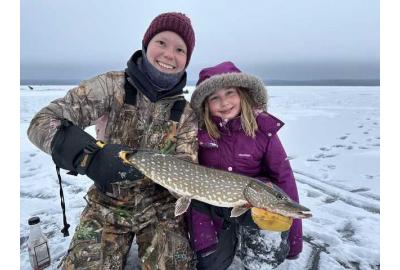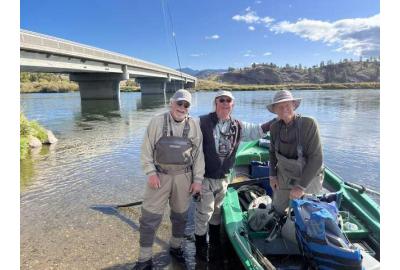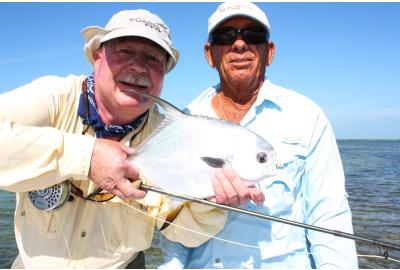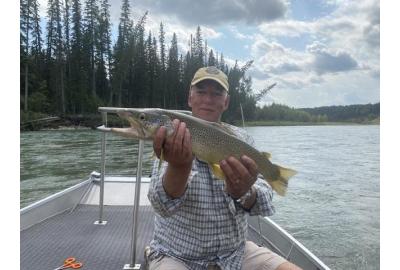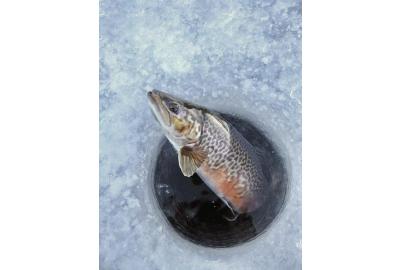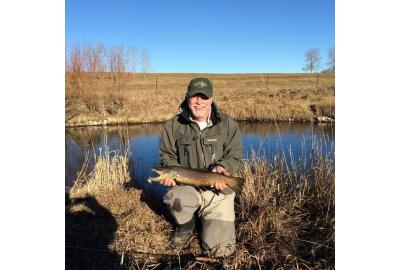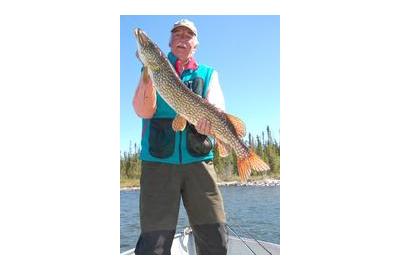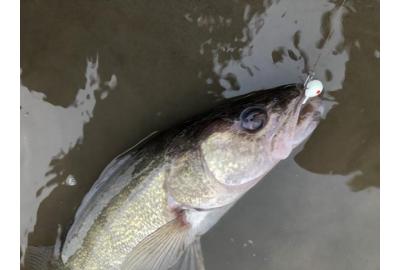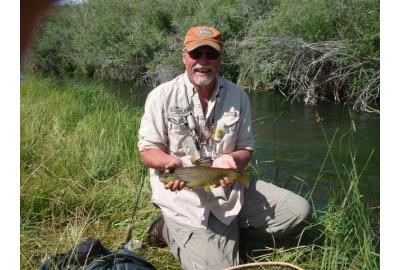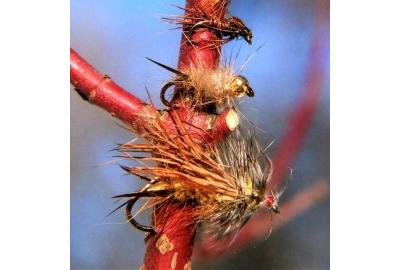Fishing Articles
It's time to take up fly fishing
If you have ever considered taking up fly fishing now is a great time to start....
No Fun in the Sun – a Survivor’s Guide to Fishing the Flats
As the snow months arrive, sadly, the angler’s window of opportunity closes to little more than a crack.
Fishing through the ice, getting out on the few open-water situations available, tying flies, or dreaming of sunny ways or yesterdays...
Finding and Fishing New Trout Streams
Most of us are creatures of habit, and our tendency to fall back on the tried and trusted extends to our fishing habits as much as it does the rest of our lives. Do you find yourself fishing the same streams and the same reaches of those streams year after year?...
Praise the Local Trout Scene
I do a mental checklist. The JawJacker rods are ready. The lines are refreshed. The hooks are tied and sharpened, and the batteries for the auger are charged. I pack the rest of the gear into the truck ...
October Fly Fishing
The end of October signals the end of the season for much of the stream fishing here in Alberta. Like most places there are a few places ...
Pike on the Fly – My Quest Continues
Several years ago a long-time buddy and I determined we were going to try to catch as many different species of Master Angler-qualifying fish on the fly as we could. He lives in Winnipeg, while I reside in Edmonton, so it gave us an excuse to ...
In Town Fishing Adventures
I grab a pack of worms and a tub of frozen minnows. “That’s everything,” I say to myself, and yell out, “I’m heading to the minivan,” letting our crew of little people know that it is time to jump in and buckle up.
Summer Time Blues
While the old song says "there aint no cure for the summer time blues", hopefully I can give you a few tips to help you cure the Summer time fly fishing blues. Summer is on the way and if our Canadian spring this year is any indication it is going to be a hot one.
Best of Both Worlds-Fly fishing the Hopper-Dropper
One sublime sunny afternoon a few years back I was fishing a classic northern Alberta grayling stream that tumbled over ...

